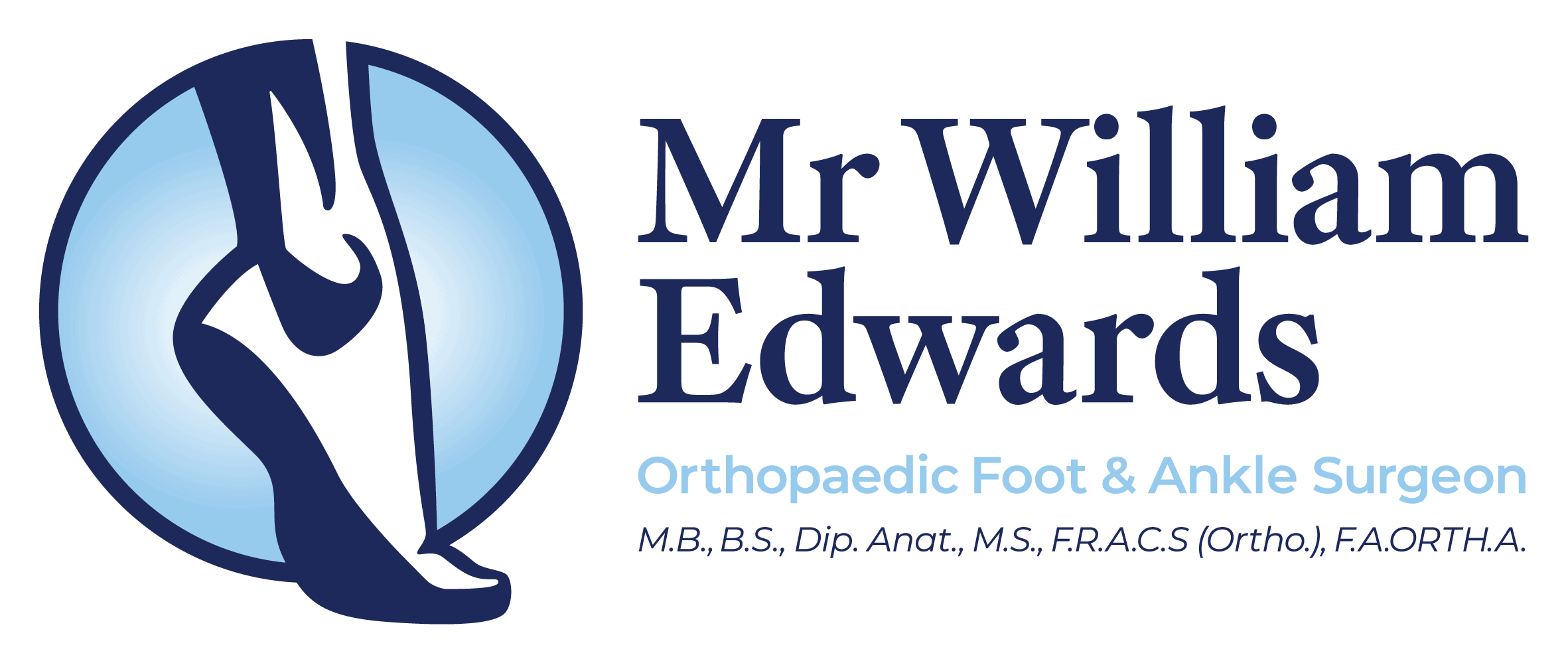Please read the following information carefully as it is essential.
• Hospitals require early admission of patients for surgery. The order of each list and timing of surgery is determined by surgical requirements.
• Due to external factors related to hospital logistics, your exact admission time is subject to late changes and will be relayed to you 24 hours before your surgery at the latest.
• On the day of surgery DO NOT arrange any other appointments or errands – allow plenty of time.
• You must fast (have nothing to eat or drink) from eight hours before your admission time.
• ALL SCANS including x-ray, CT, Bone SCAN, Ultrasound and MRI you have at home should be brought to hospital on the day of admission.
• The Epworth Patient Information form is to be completed online via www.epworth.org.au/patientadmissions prior to your admission. Please complete all information and if you are unsure of any questions please leave blank. Please note the office will inform the hospital of the item numbers for your procedure and your length of stay.
• IF YOU ARE HAVING DAY SURGERY you will be able to leave the hospital four to six hours after your operation. You must have someone to pick you up from the hospital, you cannot take yourself home. It is advisable that the person taking you home contact the hospital on the day to see what time you will be able to leave. Please ensure to wear loose clothing (e.g. Tracksuit pants, shorts, skirt).
• Prior to surgery you will need to ensure that all nail polish gel and acrylic nails (This includes hands and feet) are removed. Also DO NOT shave operative limb or get a manicure and pedicure a week prior to surgery.
• You must take a Rapid Antigen Test (RAT) 24 hours prior to surgery and isolate until you present at the hospital.
• Please note that Mr Edwards performs emergency surgeries that cannot be reasonably delayed. While we do everything we can to prevent it, there may occasions where your case will need to be rescheduled. In this scenario your surgery will be moved to the closest available date.

